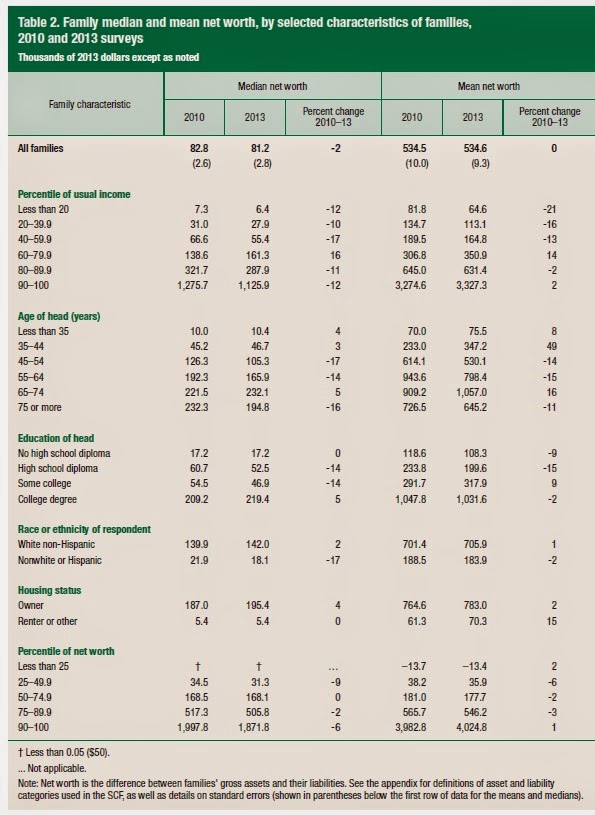 So, one chapter closed with the meeting of the Fed. According to the WSJ headline: benefit of bond-buying experiment remains unclear as central bank's focus returns to interest rates.
So, one chapter closed with the meeting of the Fed. According to the WSJ headline: benefit of bond-buying experiment remains unclear as central bank's focus returns to interest rates.The graphic of the Fed's balancing act is a nice touch as it splits out their holdings by type. Note the amount of mortgage-backed securities. Some of these were from the toxic era. What would closer analysis show? All sorts of economic positions are being argued now.
One fact is clear. Yellen is focal and expected to remain as such. After that, all things are fuzzy. But, let me make two comments here that are very much apropos.
- The downturn, if you remember, was caused by financial gaming, especially that of the financial engineering type. What has changed there? Banking froze as none of the players knew who they could trust. Has that changed (as in, with the spiked punch bowl, who of that crowd cared?)? Has the coddling quit entirely? No, of course, not. Savers are not part of the equation. In fact, it's the opposite. The thrust is to load people up with debt (ah, dire straits to be expected when the rates do arise - like the burden the US will face with its debt). For the poor, it's an abyss of no end. For the smarties? You see, they are still leveraging with cheap (Yellen's) money. The ca-pital-sino soars, however the reality of most not getting money from that is ignored. What that means is not related to those who chose to not be in the casino. That most are losers, by definition - can be explained, is hard to see when you get the Zucks (and others) rolling in the dough. At some point, perhaps, we can describe this a little better (where is that pivotal point?) such that those who are now lost in the mania (of the media) can see these things from a more reasonable stance.
- Prior to the downturn, and to the present, the blogger has had a mortgage that was taken on only after the banker assured the borrower that they, the bankers, were not selling their mortgages. Now, the same banking company still handles the payments, and such. Except, the downturn time saw the banker (meaning the company, of course, with the head guy's face as the representative icon) buy into a high-flyer (who crashed). The banker thought that they were getting a deal (and were very much surprised). So, what that means is that the bought company is the new mortgage department. I'm watching to see how this impacts things, as I can get out at any time. Too, the banker has received oodles of interest payments during this time (hey, someone has to bear the brunt - and, we pay taxes, too -- will expound, ad infinitum, about this to those who might want to learn about the real economy - meaning sustainable). Yes, the mortgage was 30-year, fixed rate. No complaint, but for this. Has there been any thank you from the banker? Sheesh, no. The banker has been paying fines (related to their, supposed, wind-fall) and licking their wounds. Oh, what a tale to tell (will be told, along with the tale of being thrown out of a bank for having the gall to point out a process that was bordering on illegal -- the Fed's response? oh, banking customer, you sue them - we see the merit of your claim but do not care). ... On the other side of the coin, the Fed then pushed obligations (interest paid, rather than fat skimmed) of bankers for their customers to near zero (aside, when I talk near-zero, it has to do with the fact of the ca-pital-sino not being zero-sum (which, then, allows those pushing it to talk as if they're saintly), but it is close (when one does the proper accounting - as in, not buy into the spiked-punch-bowl-colored world view). ...
Stopping now. The tales, to be told, are not, as of yet, touched any more than barely. How many more points to cover? Well, consider this. The view? Economics trained, econometrics focused, computer modeled facilitated, essentially scientifically predisposed, intuitively oriented (as necessary), and more. ... The whole caboodle needs a look (is time infinite?).
Remarks: Modified: 10/30/2014
10/30/2014 -- Pause would have a great influence on our models. Now, how to do this? For one, let's get back to the sandbox necessity.

